Tillage Equipment Comparison: The VRT2530 Versus High-Speed Discs
In recent years, there has been increased interest in the European inspired high-speed discs that aggressively mix soil at shallow levels and travel quickly through the field. When watching them work, they appear very aggressive as they throw dirt around and leave the field relatively black. However, we took a different approach when designing the VRT2530. Here’s why:
The Challenge With High-Speed Discs
• Horizontal soil movement: Through the vertical tillage revolution that started in the early 2000s, the industry has been learning that it’s not ideal to move soil horizontally with tillage tools. It can lead to soil smearing and hardpan, which creates a barrier preventing deep root growth. But moving soil horizontally is exactly what high-speed discs are designed to do. The blades are mounted at aggressive angles, which helps them move a lot of dirt, but can result in layering issues.
• Excessive packing: The tillage depth of high-speed discs is usually controlled by a rear packing mechanism, rather than gauge wheels. This means that most of the weight of the tillage equipment is placed on the packers. In some soil types and field conditions this will result in over-packing at the seeding level.
• Lacking Control: For the most part, high-speed discs are designed for a high degree of soil movement and heavy packing. Unfortunately, you cannot easily adjust the amount of soil mixing to achieve the desired amount of residue cover and the firmness of your seedbed.
What the VRT2530 Does Better
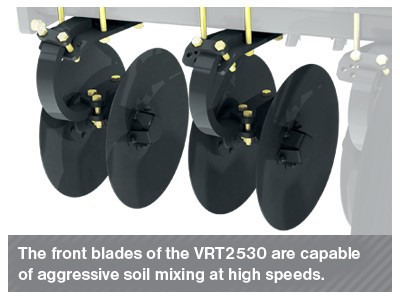 • Soil movement: When you want aggressive soil movement like you see on high-speed discs, you can get it on the VRT2530. Take a look at the front dual-mounted disk blades of the VRT2530, and you’ll notice a slight resemblance to the configuration of high-speed discs. However, our blades are shallow and mounted at a less aggressive angle in order to keep soil movement as vertical as possible, while maintaining high speeds of 7-10 miles per hour. Nonetheless, this doesn’t mean the VRT2530 can’t move as much dirt. If you want to be more aggressive, just dig the front blades in deeper using the patented hydraulic hitch, and you’ll get as much soil movement as you need.
• Soil movement: When you want aggressive soil movement like you see on high-speed discs, you can get it on the VRT2530. Take a look at the front dual-mounted disk blades of the VRT2530, and you’ll notice a slight resemblance to the configuration of high-speed discs. However, our blades are shallow and mounted at a less aggressive angle in order to keep soil movement as vertical as possible, while maintaining high speeds of 7-10 miles per hour. Nonetheless, this doesn’t mean the VRT2530 can’t move as much dirt. If you want to be more aggressive, just dig the front blades in deeper using the patented hydraulic hitch, and you’ll get as much soil movement as you need.
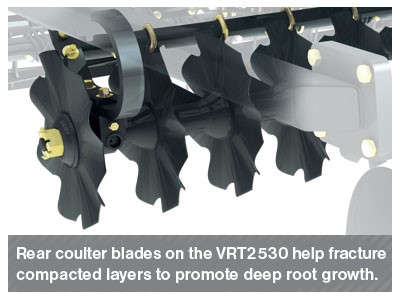 • Vertical tillage: Even though the front disk blades on the VRT2530 keep horizontal soil movement to a minimum, there still may be some smearing effects from those disks. That’s why the VRT2530 has a rear coulter gang with blades mounted at zero degrees. Not only do these coulter blades slice remaining residue, but they also score the soil to fracture any layers that may exist in the field.
• Vertical tillage: Even though the front disk blades on the VRT2530 keep horizontal soil movement to a minimum, there still may be some smearing effects from those disks. That’s why the VRT2530 has a rear coulter gang with blades mounted at zero degrees. Not only do these coulter blades slice remaining residue, but they also score the soil to fracture any layers that may exist in the field.
• Variability: Many of our customers don’t want to be aggressive with their tillage all the time. For instance, when they’re running on hilltops, they may want to leave more residue on the surface to help prevent erosion. That’s why we gave the VRT2530 variable rate capabilities. With the hydraulic hitch, you can put greater pressure on the front disk blades to move more soil in heavy residue spots. Or apply greater pressure to the rear to achieve more vertical tillage performance and leave more residue on the surface. With the VRT2530, you can simply dial in the tillage performance you want to achieve for virtually any field conditions.
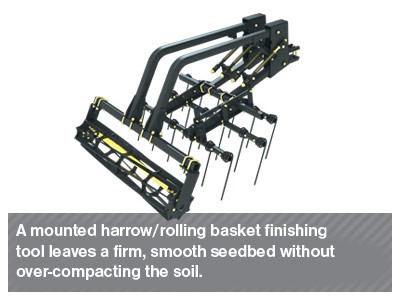 • Field finish: The field finishing equipment of choice on the VRT2530 is a mounted harrow/rolling basket combination. Our heavy-duty harrows have been used successfully in the field for many years to help distribute residue and level the soil profile. Additionally, our rolling baskets have patented mud scrapers for a superior finish in practically all conditions. The rolling baskets are equipped with hydraulic down pressure, which automatically adjusts the baskets to maintain the ideal level of firmness in the seedbed.
• Field finish: The field finishing equipment of choice on the VRT2530 is a mounted harrow/rolling basket combination. Our heavy-duty harrows have been used successfully in the field for many years to help distribute residue and level the soil profile. Additionally, our rolling baskets have patented mud scrapers for a superior finish in practically all conditions. The rolling baskets are equipped with hydraulic down pressure, which automatically adjusts the baskets to maintain the ideal level of firmness in the seedbed.
If you’d like to learn how this type of tool can fit into your operation, please call us at 1-800-732-4392 or visit your local Summers dealer.






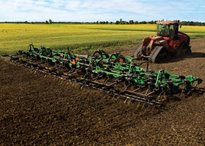
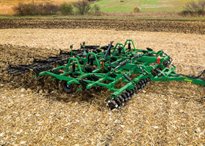
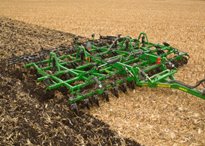
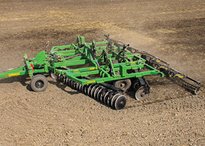
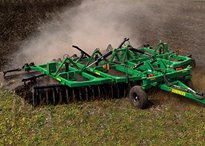
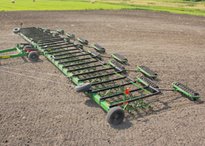
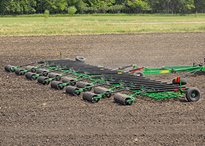
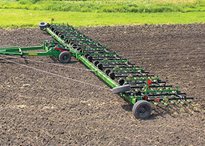
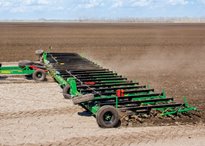
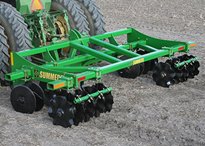
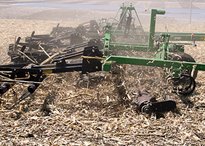
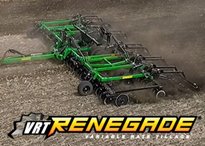
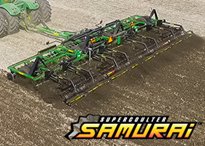

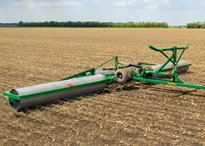
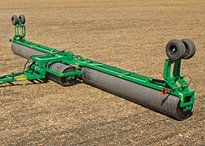
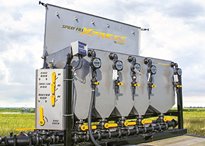


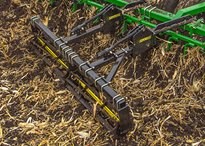
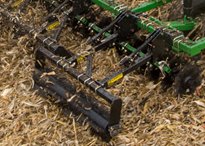
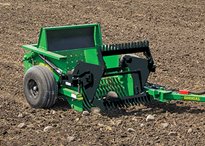
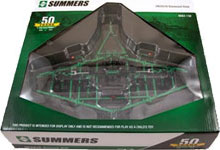 Hats, Diecast Models, Gloves and More!
Hats, Diecast Models, Gloves and More!
 Library
Library